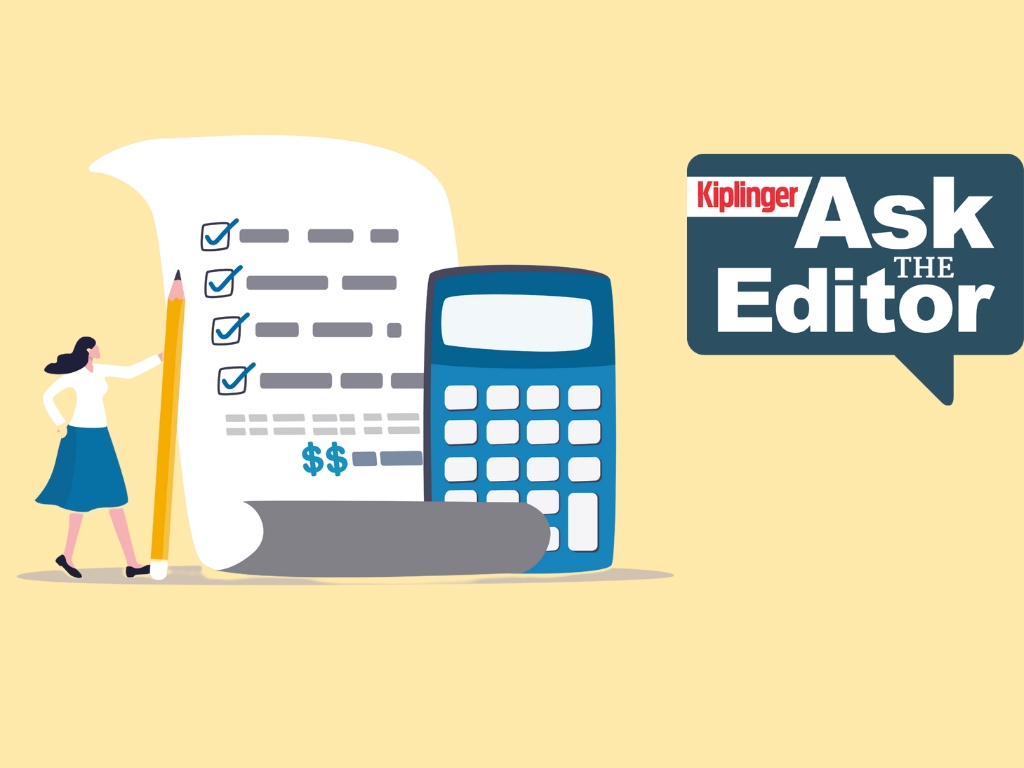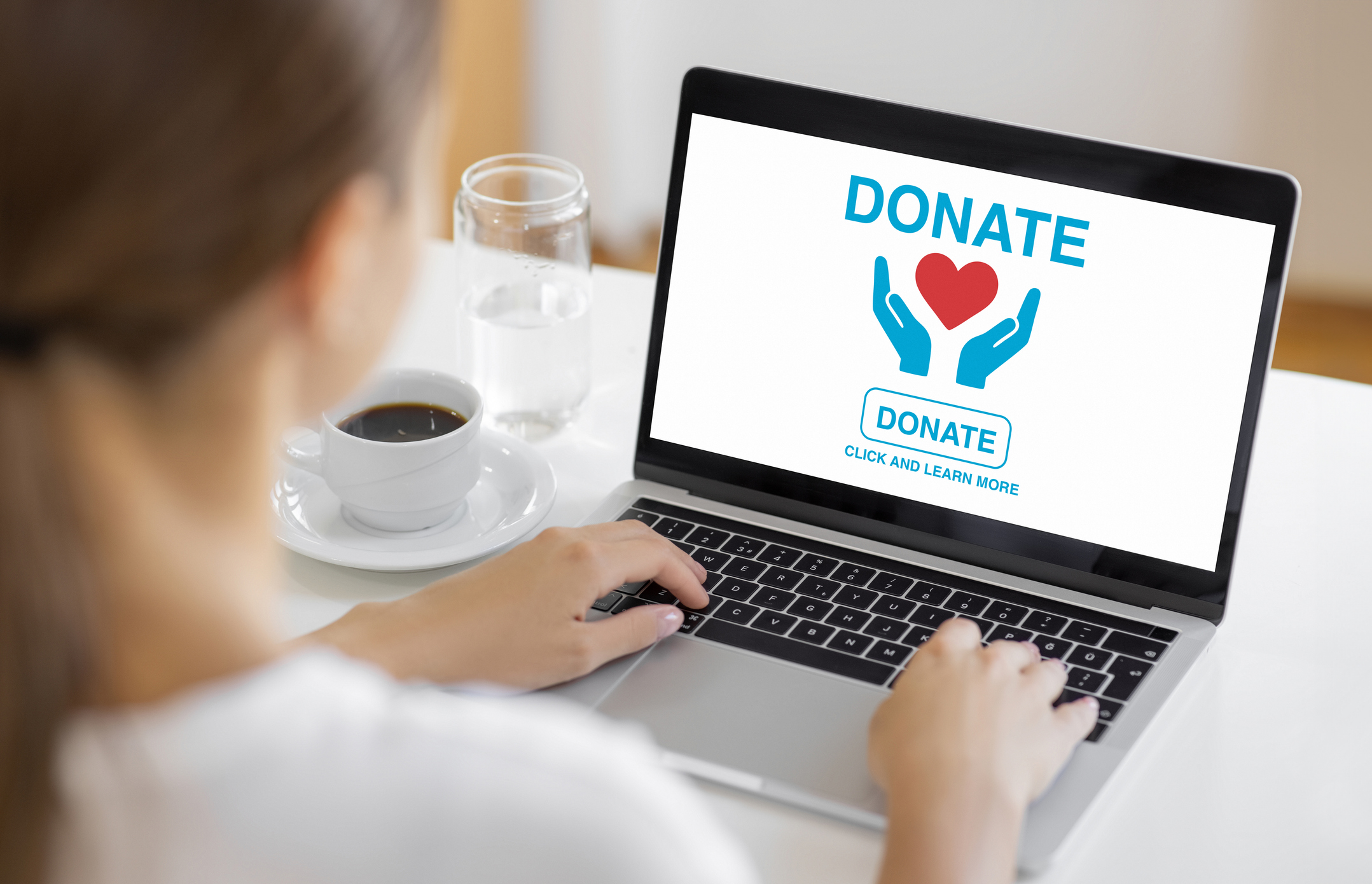How the Federal Reserve's Decision to Hold Rates Steady Affects Your Savings
We explore how the Federal Reserve's decision to maintain interest rates impacts your savings strategy.

Carla Ayers
Typically, when the Fed raises interest rates, banks increase the yields on savings accounts to attract deposits. Conversely, rate cuts often lead to reduced returns for savers.
With the Fed meeting next week and likely keeping rates steady, the interest rates on savings accounts are expected to remain relatively stable in the short term.
It means that high-yield savings accounts (HYSAs) and certificates of deposit (CDs) will likely continue to offer attractive annual percentage yields (APYs), with some exceeding 4%. For example, Axos Bank currently offers a HYSA with an APY of 4.66%. This is great news for savers looking to maximize their returns.
From just $107.88 $24.99 for Kiplinger Personal Finance
Become a smarter, better informed investor. Subscribe from just $107.88 $24.99, plus get up to 4 Special Issues

Sign up for Kiplinger’s Free Newsletters
Profit and prosper with the best of expert advice on investing, taxes, retirement, personal finance and more - straight to your e-mail.
Profit and prosper with the best of expert advice - straight to your e-mail.
Find the best high-yield savings options with this Bankrate tool:
While the Federal Reserve has currently paused rate changes, future decisions will depend on economic indicators such as inflation, employment data and the impact of recent trade policies.
Should the Fed decide to cut rates in the future, yields on savings accounts may gradually decline.
In the meantime, it makes since to strike while the iron is hot. If you're looking to grow your money effortlessly while outpacing inflation, a high-yield savings account can achieve both for you.
Another option, which can help you avoid falling rates completely, is to open a CD account. Since the APY on a CD account is fixed, if you lock up your cash in one now, you won't have to worry about your APY going down until the CD matures.
Just make sure you're comfortable with not being able to access your cash until the account matures.
The Fed's impact on savings rates
Beginning in March 2022, the Federal Reserve initiated a series of 11 interest rate hikes to combat soaring inflation, which peaked at 9.1%. This aggressive monetary tightening elevated the federal funds rate to a target range of 5.25% to 5.50%, marking the highest level in 23 years.
However, as inflationary pressures began to subside, the Federal Reserve shifted its stance, opting to hold interest rates steady in the first quarter of 2025.
This pause in rate hikes led to a stabilization, and in some cases, a slight decline in savings rates. Financial institutions adjusted their offerings accordingly, with some reducing the APYs on their savings products.
Looking ahead, it's unlikely the Fed will cut rates when they meet next week. This gives savers a chance to maximize returns now, while the season is favorable for doing so.
If you're looking to lock in a higher rate of return regardless of what the Fed decides, here are some of the top CD options to consider:
Related Content
Profit and prosper with the best of Kiplinger's advice on investing, taxes, retirement, personal finance and much more. Delivered daily. Enter your email in the box and click Sign Me Up.

Erin pairs personal experience with research and is passionate about sharing personal finance advice with others. Previously, she was a freelancer focusing on the credit card side of finance, but has branched out since then to cover other aspects of personal finance. Erin is well-versed in traditional media with reporting, interviewing and research, as well as using graphic design and video and audio storytelling to share with her readers.
- Carla AyerseCommerce and Personal Finance Editor
-
 Ask the Editor: Itemized Deductions
Ask the Editor: Itemized DeductionsAsk the Editor In this week's Ask the Editor Q&A, Joy Taylor answers questions on itemized deductions claimed on Schedule A of Form 1040
-
 9 Types of Insurance You Don't Need
9 Types of Insurance You Don't NeedFinancial Planning If you're paying for these types of insurance, you may be wasting your money. Here's what you need to know.
-
 Are You Putting Yourself Last? The Cost Could Be Your Retirement
Are You Putting Yourself Last? The Cost Could Be Your RetirementIf you're part of the sandwich generation, it's critical that you don't let the needs of your aging parents come at the expense of your future.
-
 9 Types of Insurance You Probably Don't Need
9 Types of Insurance You Probably Don't NeedFinancial Planning If you're paying for these types of insurance, you may be wasting your money. Here's what you need to know.
-
 Are You Putting Yourself Last? The Cost Could Be Your Retirement Security
Are You Putting Yourself Last? The Cost Could Be Your Retirement SecurityIf you're part of the sandwich generation, it's critical that you don't let the needs of your aging parents come at the expense of your future.
-
 I'm an Insurance Pro: It's Time to Prepare for Natural Disasters Like They Could Happen to You
I'm an Insurance Pro: It's Time to Prepare for Natural Disasters Like They Could Happen to YouYou can no longer have the mindset that "that won't happen here." Because it absolutely could. As we head into 2026, consider making a disaster plan.
-
 The Future of Philanthropy Is Female: How Women Will Lead a New Era in Charitable Giving
The Future of Philanthropy Is Female: How Women Will Lead a New Era in Charitable GivingWomen will soon be in charge of trillions in charitable capital, through divorce, inheritance and their own investments. Here's how to use your share for good.
-
 The Retirement Donor's Checklist: Key Deadlines by Gift Type
The Retirement Donor's Checklist: Key Deadlines by Gift TypeRetirees have some charitable contribution options that can help avoid spikes in income from RMDS and capital gains.
-
 Cooler Inflation Supports a Relief Rally: Stock Market Today
Cooler Inflation Supports a Relief Rally: Stock Market TodayInvestors, traders and speculators welcome much-better-than-hoped-for core CPI data on top of optimism-renewing AI earnings.
-
 The November CPI Report Is Out. Here's What It Means for Rising Prices
The November CPI Report Is Out. Here's What It Means for Rising PricesThe November CPI report came in lighter than expected, but the delayed data give an incomplete picture of inflation, say economists.
-
 Online Banks Still Lead on Rates, But Is Switching Worth it Now?
Online Banks Still Lead on Rates, But Is Switching Worth it Now?As interest rates trend down, online banks keep an edge on yields, but service, access and flexibility still matter. Here’s how the trade-offs stack up.